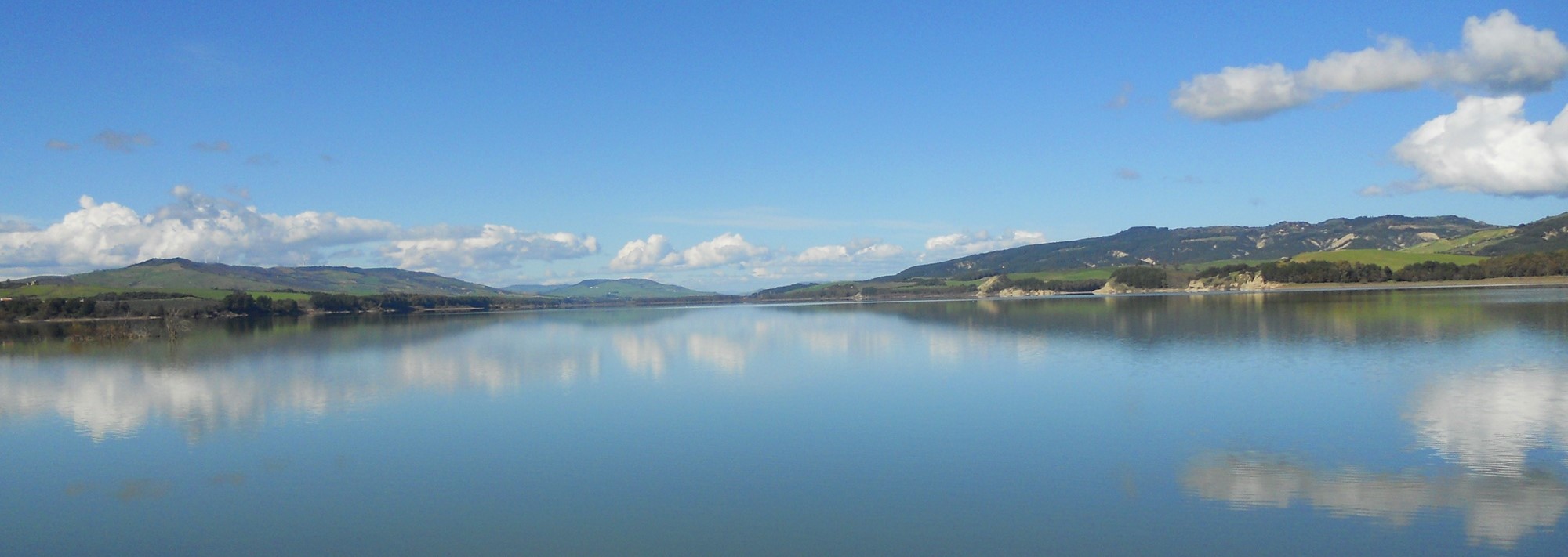







The Bradano River, before flowing into the Ionian Sea, crosses for about 120 km a valley characterized by poor anthropization and constant presence of gentle and undulating hills overlooking thin strips of fertile land used for the cultivation of vegetables and fruits.
The hills overlooking the river, often exploited for wheat cultivation, at times are still covered by Mediterranean maquis residual formations depending on the different degree of exploitation exercised especially in the past and still partially affecting some areas nowadays.
At about three quarters of its lenght towards the sea, the Bradano river ran through a deep gorge characterized by calcareous rock, commonly known as "gravina", and after crossing it, quickly returned to flow in its usual clay riverbed for finally reaching its mouth, a few miles north of Metaponto.
The area called "Stretta di San Giuliano" (Saint Julian Gorge) was the point where this abrupt geological change occurred with steep rocky walls. Then, right at the beginning of the cliff, a barrage was built in the '50s to dam the waters of Bradano with the purpose of supplying constantly agricultural and industrial activities without depending on weather events.
The landscape changed immediately. Where a stretch of river crossed a valley used for the typical pastoral and agricultural activities, a huge body of water was formed also flooding the ancient and flourishing Masseria San Francesco (San Francisco farm). Where once there were pasture areas, the reflection of the small town of Miglionico as well as the Mounts Timbro and Igino on the opposite side were romantically admired, expecially during nights of full moon.
Anyway the lake just created was not merely of economic, aesthetic and landscape interest. From a naturalistic point of view, something more important happened. Lying along the migratory route of many species of European birds, this body of water, about 8 square km of extension and 110 million cubic meters of volume, soon became a point of reference and a mandatory stop for birds and does not stop surprising every year more and more.
It was for this reason that WWF made the effort to undertake a long and peaceful battle to ensure the necessary protection, given the numerous hunters roaming around the lake, to these animals that every year are shuttling between Europe and Africa. This initiative became indispensable also to create a sort of rebalancing and compensation for the absolute lack of natural wetlands which were wiped out in the past with the massive works of reclamation of marshes and aquifers especially along the Ionian plain.
